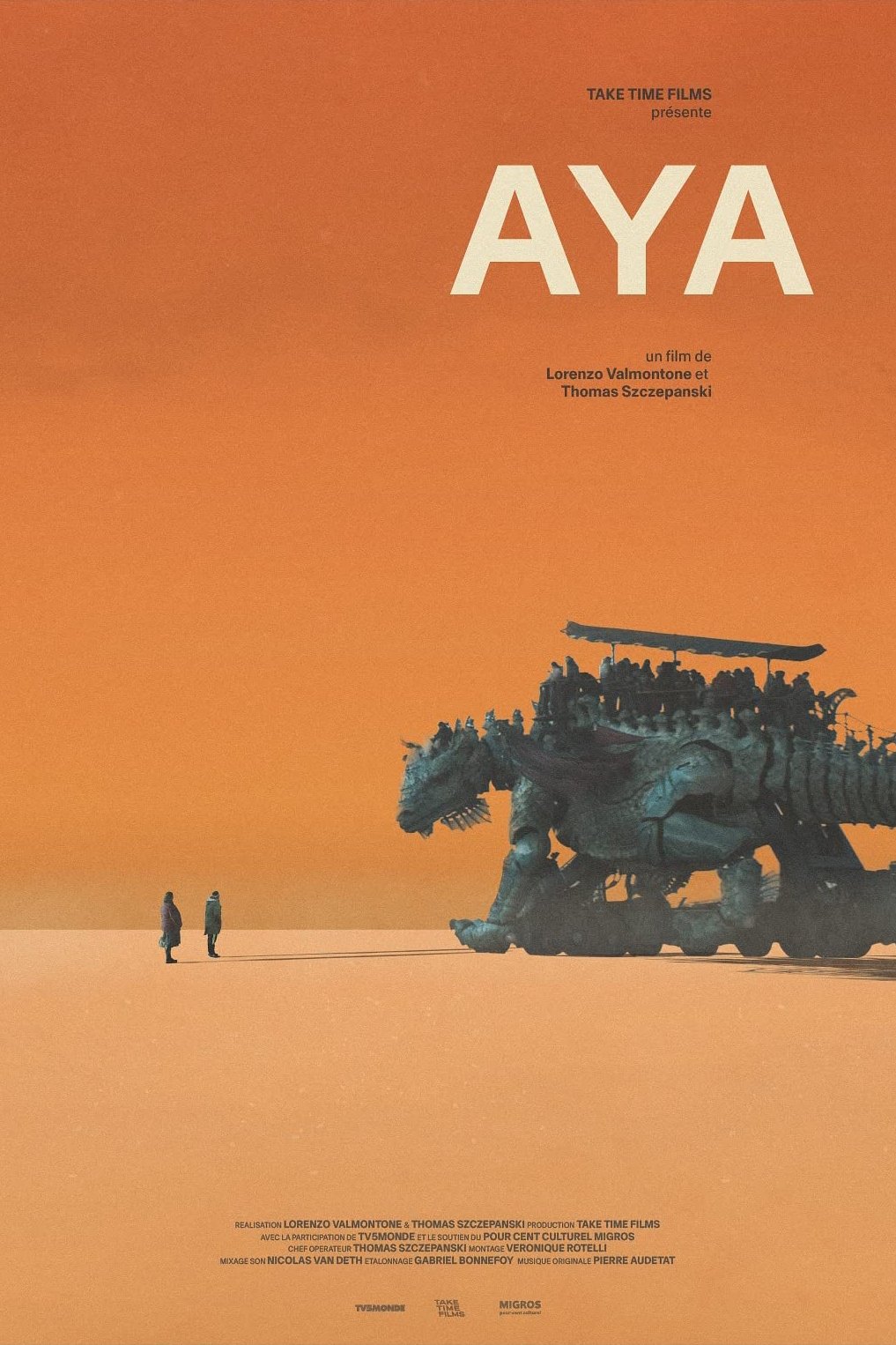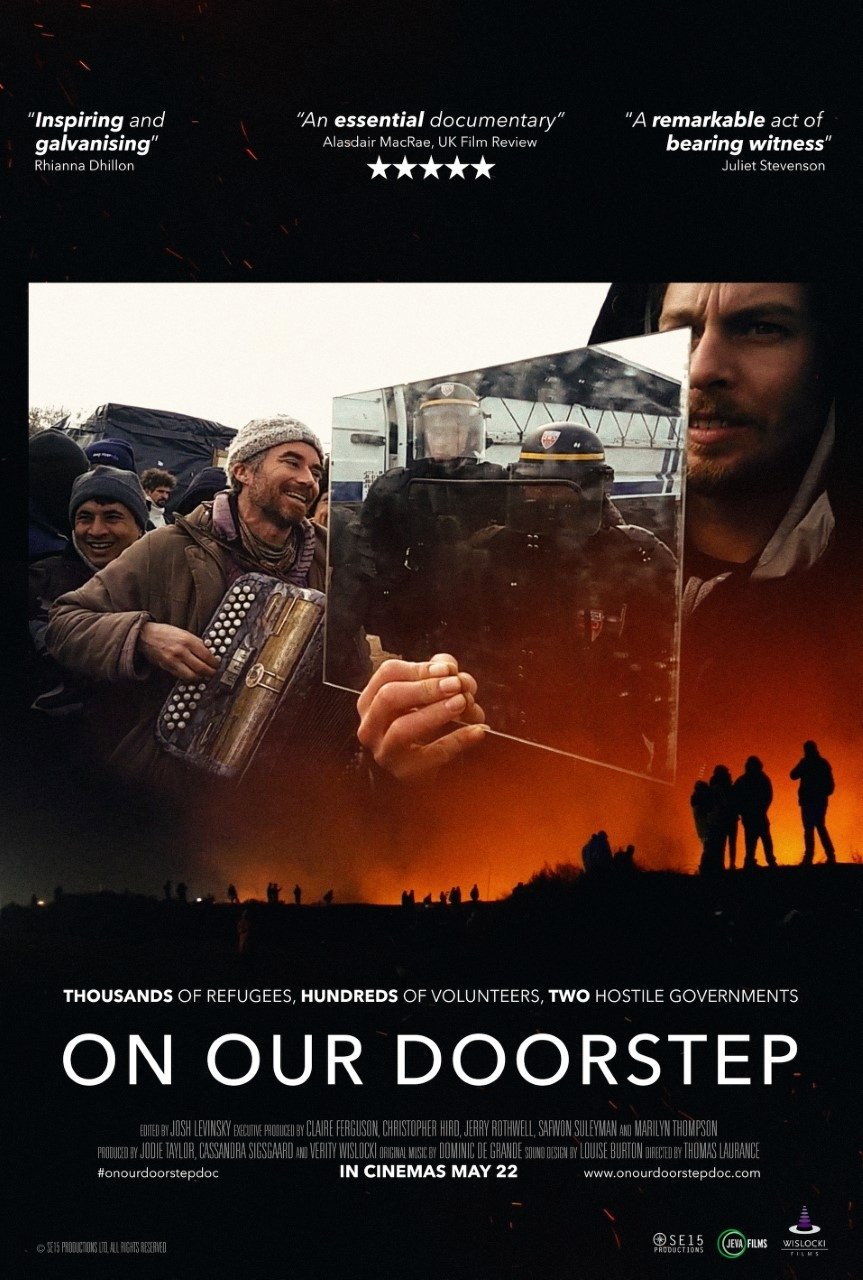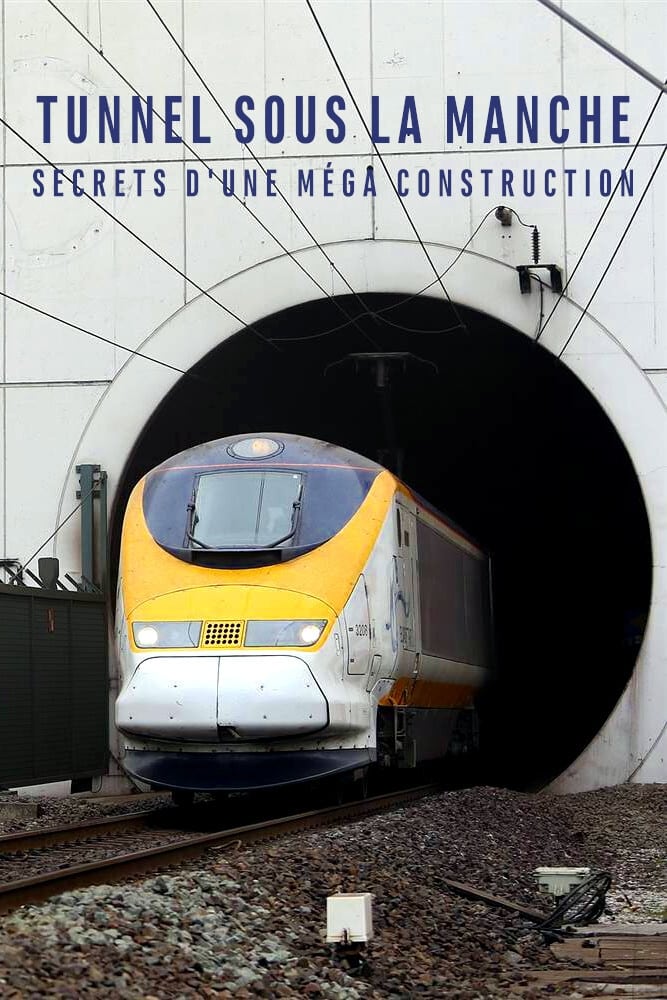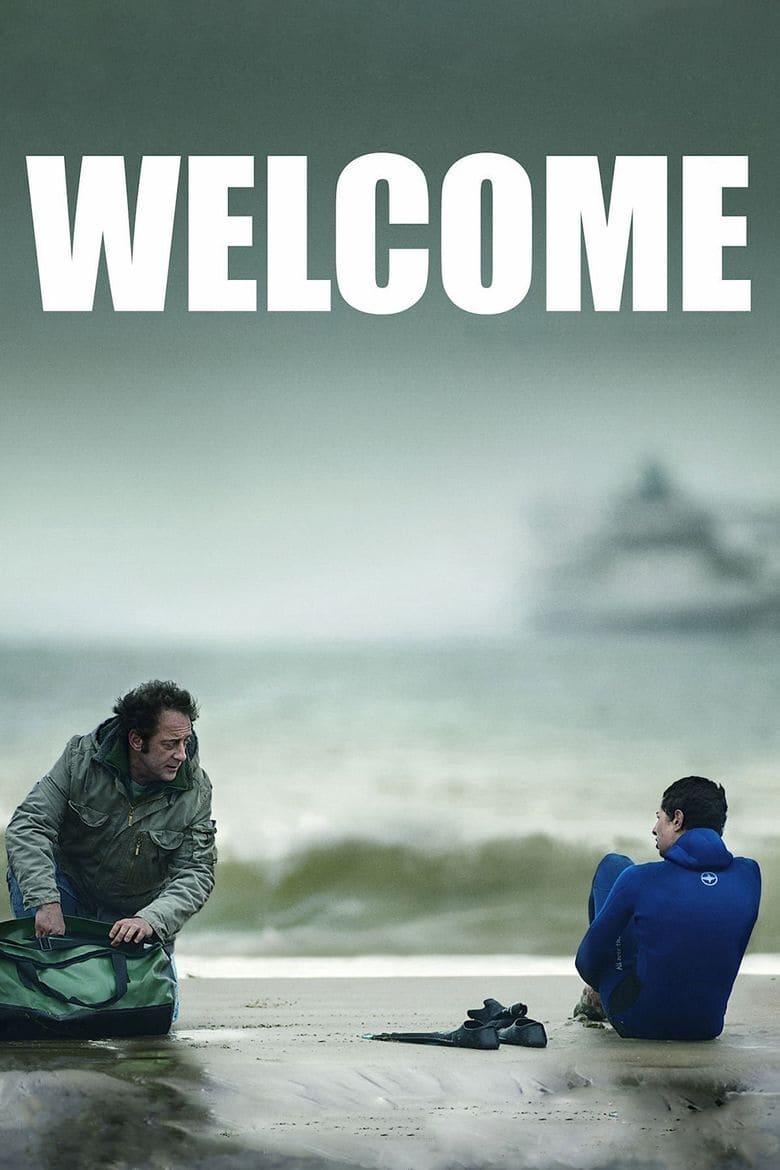
Set in the port town of Dover in the South-East of England, Mary Hussain suddenly finds herself a widow following the unexpected death of her husband. A day after the burial, she discovers he has a secret just twenty-one miles across the English Channel in Calais.

In a town near Calais that looks like the Wild West, big-hearted 50-year-old Lydie shelters Zimako, an unruly, paperless migrant from Togo.

On Our Doorstep delves deep into an aspect of the refugee crisis that rarely reached the press. With NGOs being blocked by red tape and the absence of any positive action by French or British authorities, the film is a behind-the-scenes look at the unprecedented grassroots movement that rose to aid the refugees in Calais, and the community that sprang up there, before it was forcefully demolished. This is the story of what happens when young and inexperienced citizens are forced to devise systems and structures to support 10,000 refugees; and are left unguided to face the moral and emotional conflicts, blurred lines and frequent grey areas of giving aid to vulnerable people. People who do not want to be there. It questions whether the aims of the volunteers were met, and whether these aims ultimately served the refugees' needs.

The plot follows detectives Karl Roebuck and Elise Wasserman working together to find a serial killer who left the upper-half body of a French politician and the lower-half of a British prostitute in the Channel Tunnel, at the midpoint between France and the UK. They later learn that the killer—who comes to be nicknamed the "Truth Terrorist"—is on a moral crusade to highlight many social problems, terrorising both countries in the process

The Channel Tunnel linking Britain with France is one of the seven wonders of the modern world but what did it take to build the longest undersea tunnel ever constructed? We hear from the men and women, who built this engineering marvel. Massive tunnel boring machines gnawed their way through rock and chalk, digging not one tunnel but three; two rail tunnels and a service tunnel. This was a project that would be privately financed; not a penny of public money would be spent on the tunnel. Business would have to put up all the money and take all the risks. This was also a project that was blighted by flood, fire, tragic loss of life and financial bust ups. Today, it stands as an engineering triumph and a testament to what can be achieved when two nations, Britain and France put aside their historic differences and work together.

Life for refugees and migrants stuck at Calais: Filmed amidst the camps, the beaches, the sea and the sky, impressions of the lived experiences of these people wavering between despair and hope.

Rafi, Salman, Said and Ali are all under 18 years old. They come from Afghanistan, Syria and Pakistan. After months of wandering, fleeing wars in their country, they found themselves stuck in Calais, where they are trying to survive, waiting for something better. Their dream: to get to England. How? By climbing into containers or slipping onto the axles of trucks, risking their lives. Who cares about these isolated minors in the Calais Jungle, the largest slum in Europe?

A well-to-do French family living in Calais deal with a series of setbacks and crises while paying little attention to the grim conditions in the refugee camps within a few miles of their home.
Set to the verses of W.H. Auden’s 1939 poem, the film charts an intimate day in ‘the jungle’ of the refugee camp outside Calais, which contradicts the mainstream portrayal of the camp as a center of violence.

Bilal is 17 years old, a Kurdish boy from Iraq. He sets off on an adventure-filled journey across Europe. He wants to get to England to see his love who lives there. Bilal finally reaches Calais, but how do you cover 32 kilometers of the English Channel when you can't swim? The boy soon discovers that his trip won't be as easy as he imagined... The community of struggling illegal aliens in Calais
By browsing this website, you accept our cookies policy.